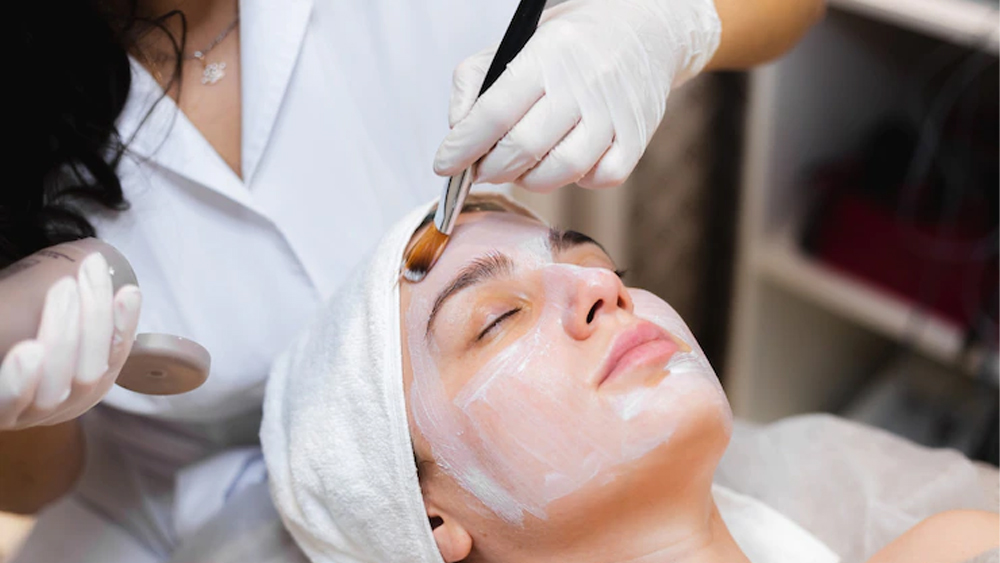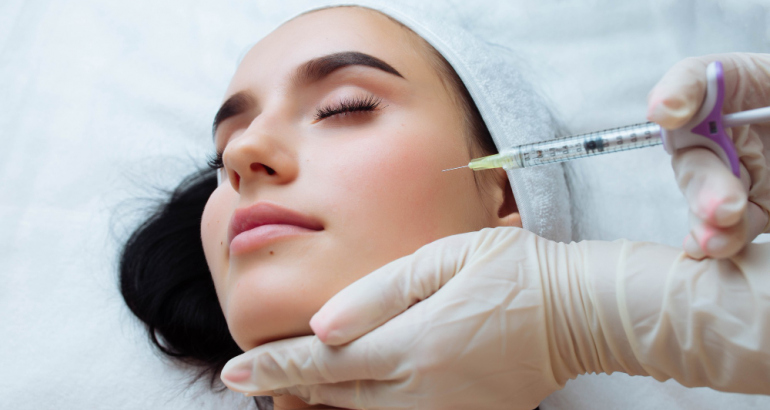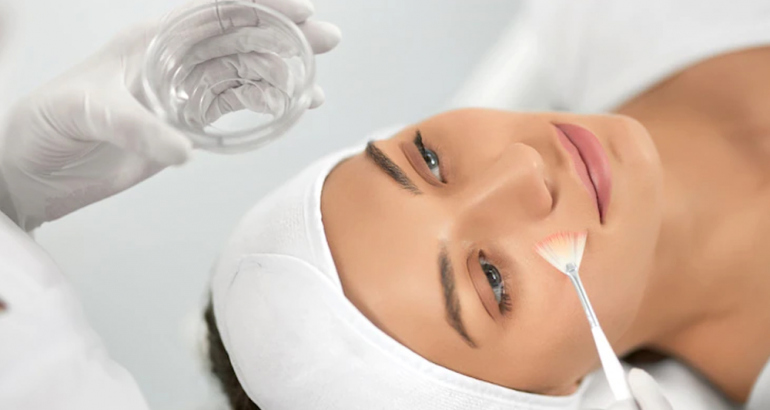What is photo facial?
Say goodbye to sun damage, rosacea, hyperpigmentation, and other skin issues. Gentle skin renewal is now easier than ever thanks to the breakthrough Intense Pulsed Light (IPL) photo facial technique. IPL photo rejuvenation is the newest advancement in dermatology, allowing patients to achieve a radiant complexion by transforming red, blotchy skin. Photo facial treatments may be the dermatological solution you’ve been looking for if you have any of these issues.
A photo facial, sometimes known as a “foto facial,” is a 30-minute procedure that uses powerful light pulses to penetrate deep into the skin. Collagen and blood vessels beneath the epidermis contract as a result of IPL photo rejuvenation, reducing redness and age wrinkles.
Photo facials cure skin imperfections and pigmentation disorders with light-based technologies. Photo facials have grown increasingly popular as a safer alternative to previous treatments with little to no downtime.
Aside from the eyelids and the area just above the eyes, photo facials can be used on any portion of the body.
This process is perfect for people who want to get rid of wrinkles, big pores, and acne scars, and other things. However, persons with tans or naturally darker skin tones may be ineligible for certain photo facial treatments because the technique might induce skin discoloration.
There are two varieties of photo facials: intense pulsed light (IPL) and light emitting diode (LED) photo facials, each with its own set of advantages and disadvantages. Depending on the type of photo facial, the treated region, and the practitioner’s competence, the process might take anywhere from 30 to 90 minutes.
The skin begins to recover in the days and weeks following treatment, and the results are gradual.
How do photo facials work?
Light is absorbed into the skin in both IPL and LED photo facials. The IPL photo facial’s light pulses are stronger, allowing the light to be absorbed more deeply.
IPL photo facial light is absorbed by haemoglobin (red blood cells) and melanin (pigmentation) in the skin, causing these areas to be purposefully damaged. Damaged melanin disintegrates and is absorbed by the skin, resulting in a reduction in its appearance on the skin’s surface. Damaged haemoglobin increases blood flow, which allows melanin to be absorbed more quickly.
Depending on the light color, LED photo facials work differently. Green light, like IPL photo facials, breaks up melanin to make it easier to absorb. Other colors, such as blue and red light, have various effects on different parts of the skin.
Side effects
LED photo facials have no notable negative effects due to their modest impact. IPL photo facials usually come with a few minor side effects that are – Swelling that is not severe, Redness, Spots of brown, Bruising Crusting, and Tiny Blisters.



